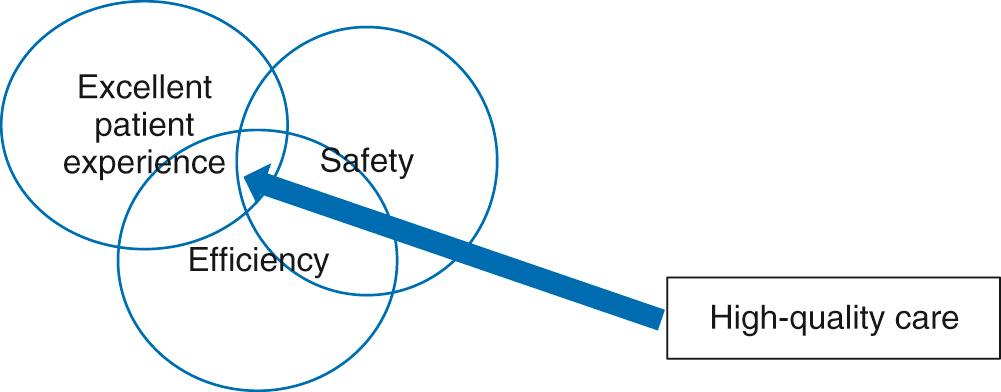Physical Address
304 North Cardinal St.
Dorchester Center, MA 02124
Nursing professionals use data and information about their patients’ care journeys to support decision making and the development of evidence-based practice. Care pathways provide a structured care approach using an evidence-based framework. In her work during the Crimean War (1854), Florence Nightingale (1820–1910) demonstrated a commitment to robust data collection to improve patients’ care experiences. Data and evidence-based practice are key drivers toward the improved safety, quality, and outcomes of patient care ( Fig. 84.1 ).

Florence Nightingale improved the provision of care and nursing standards by using structured data collection to improve standards of care, and she systematically documented the improvements in her patients. She demonstrated:
Passion about the use of evidence in practice
Clarity about quality measurement and the tracking of performance
Insistence on high-quality standards
Devotion to the best interests of her patients
A care pathway provides a structured tool or framework that uses data from a wide range of patient journeys combined with the best available evidence-based practice to manage the standardization of the care process and drive quality improvement. This is usually achieved with an integrated audit process.
The European Association of Care Pathways defines a care pathway as “a complex intervention for the mutual decision making and organization of care processes for a well-defined group of patients during a well-defined period.”
Defining characteristics of care pathways include:
A statement of the goals and key elements of care based on evidence, best practice, patients’ expectations, and their characteristics
Facilitation of communication among team members as well as patients and families
Coordination of the care process by aligning the roles and sequencing the activities of the multidisciplinary care team, patients, and their families
Documentation, monitoring, and evaluation of variances and outcomes
Identification of the appropriate resources necessary to implement the care pathway
The aim of a care pathway is to enhance the quality of care across the continuum by improving risk-adjusted patient outcomes, promoting patient safety, increasing patient satisfaction, and optimizing the use of resources.
Become a Clinical Tree membership for Full access and enjoy Unlimited articles
If you are a member. Log in here